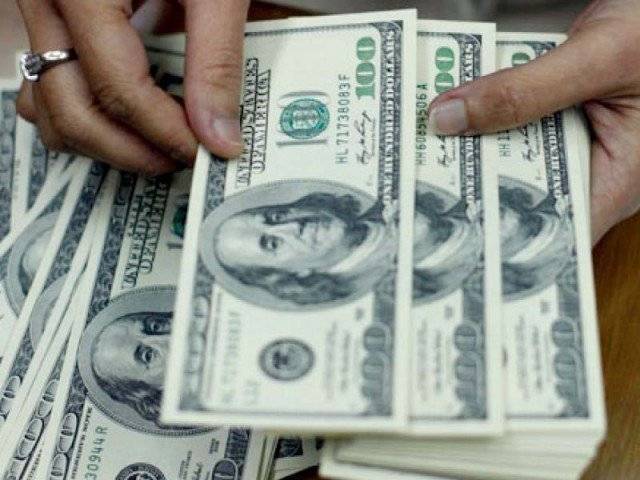LAHORE: Sovereigns with a relatively short average maturity of debt and weak debt affordability are generally the most exposed to a larger than expected rise in borrowing costs, read a report released by Moody’s Investors Service here on Monday while raising serious concerns over Pakistan’s foreign reserves and its ability to make foreign debt repayments.
The report titled, “Weakest APAC and MENA sovereigns amongst most exposed to interest rate shock” concluded that moderate interest rate shocks would generally be manageable, with limited impact on debt affordability and debt burden. However, it warned a severe shock would pressure a broader set of ratings.
The report focused on 125 rated sovereigns analysing the sensitivity of sovereign fiscal metrics to two hypothetical interest rate shocks, one moderate and gradual and one severe and more immediate. Both shocks are assumed to be sustained over four years.
Moody’s, in its report, anticipated that tightening of global financing conditions will be gradual. However, financing conditions could tighten more rapidly than current assumptions, either globally or for specific sovereigns.
The report highlighted that at a sovereign level, exposure is highest for Lebanon, Egypt, Pakistan, Bahrain, and Mongolia, followed by Sri Lanka and Jordan. It added that exchange rate shocks increase the cost of debt, however, boosting a fixed or managed exchanged rate, like the one Pakistan currently has, can seriously pressure foreign exchange reserves.
The report further noted that for five of the 10 most exposed sovereigns – Lebanon, Pakistan (B3 stable), Mongolia (B3 stable), Sri Lanka (B1 negative) and Bahrain (B1 negative) – assessment of fiscal strength is “very low (-),” the weakest on the 15-rung scale in global sovereign rating methodology.
The report read, “While weak fiscal strength is already a key feature of these countries’ credit profiles, deterioration in fiscal metrics that would further exacerbate liquidity and external risks could weaken credit quality in either of the two potential shocks that we study.”
For Pakistan and Bahrain, interest to revenue ratio would rise to 37 per cent and 35 per cent, respectively, by 2021 under the moderate shock scenario, compared with around 30 per cent in the baseline. These very high levels could strain market access and weigh on credit quality.
In Asia Pacific, the report noted, Pakistan is among the most exposed to a higher cost of debt that feeds mostly through weaker debt affordability. The interest-to-revenue ratio rises between 7.5 percentage points in Pakistan in the moderate shock. For Pakistan, reliance on short-term debt implies that higher yields feed through to debt servicing costs relatively quickly.
The report also noted that sovereigns experiencing the sharpest weakening in debt affordability under the moderate shock, four out of five have managed exchange rates regimes. Meanwhile, out of the 30 most exposed sovereigns, 15 have managed exchange rates.
Meanwhile, Moody’s maintained that higher interest to revenue in the baseline compared with floating exchange rates thrive under exchange rate shocks. Thus, deterioration in debt affordability could lower investors’ willingness to invest while making it harder for Pakistan to access foreign funding, the report concluded.
























